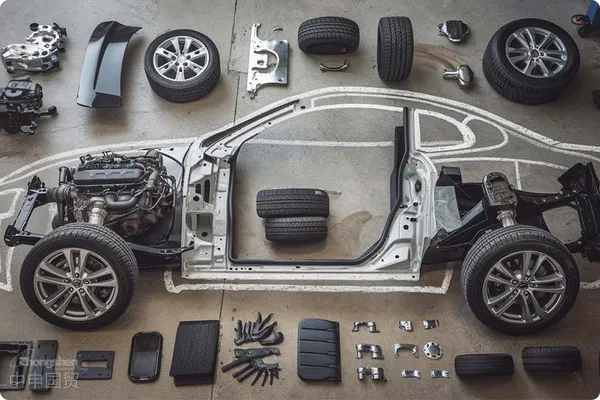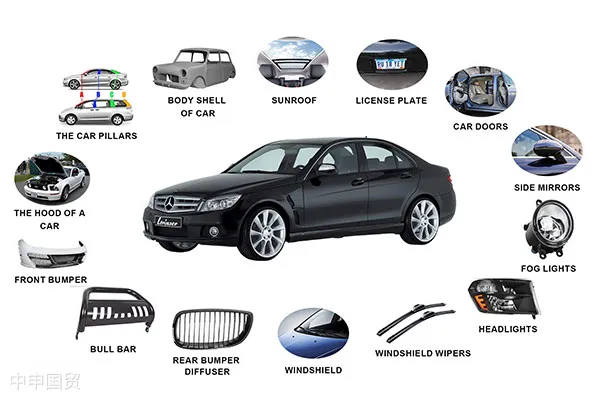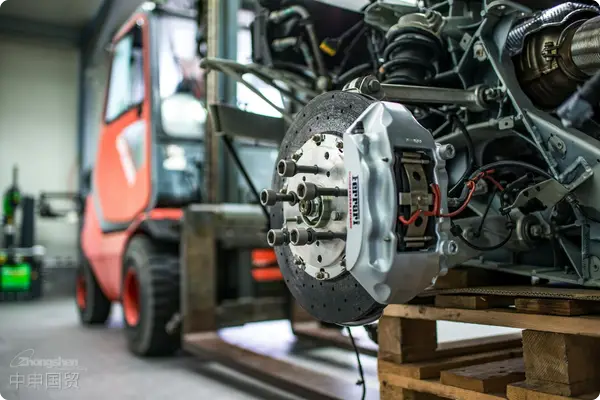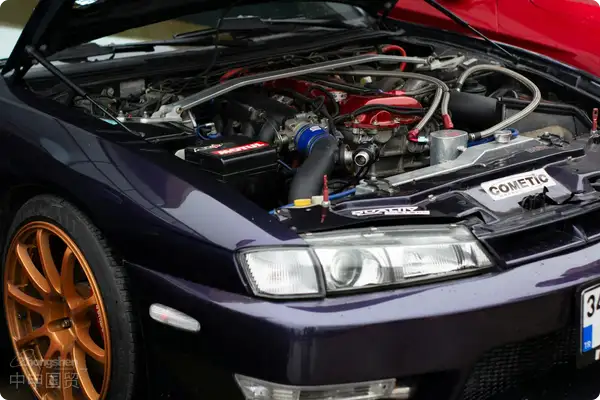- Shanghai Zhongshen International Trade Co., Ltd. - Two decades of trade agency expertise.
- Service Hotline: 139 1787 2118
In the global automotive trade, while complete vehicles and parts exports both belong to the automotive industry, they differ vastly in trade policies, transportation methods, and customs clearance procedures. Complete vehicle exports face high tariffs and complex regulations, while parts exports offer greater flexibility but place higher demands on logistics efficiency. If you are planning to export complete vehicles or parts, understanding the key differences and optimizing your export strategy is crucial. This article will provide an in-depth analysis of the differences between complete vehicle and parts exports, helping you confidently navigate international market challenges.

I. Trade policies and regulations
Complete vehicle exports
Complete vehicle exports often face higher trade barriers. Many countries impose high tariffs to protect their domestic automotive industries, such as Indias long-standing high tariffs on imported complete vehicles.
Additionally, strict access regulations, such as vehicle emission standards and safety crash standards, are implemented. Only vehicles that fully comply with these standards are granted access.
Parts exports
Parts exports face relatively looser trade barriers. Most countries encourage parts imports to enhance their domestic automotive supply chains, often imposing lower tariff rates than those for complete vehicles.
II. Transportation methods
Complete vehicle exports
Complete vehicle exports generally useMaritime Transportationor land transportation.
Sea freight is a common and cost-effective option, especially for large-volume complete vehicle exports. For example, Chinas vehicle exports to Europe, Africa, and other regions typically rely on sea freight to transport complete vehicles to destination ports.
Land transport is mainly suitable for trade with neighboring countries or regions. Road transport enables door-to-door delivery with relatively shorter transit times, but costs may fluctuate due to distance, road conditions, and other factors.
Parts exports
Parts exports, in addition to sea and land transport, often utilizeAir Transportation.
Due to their relatively smaller size and lighter weight, air freight can deliver parts more quickly for urgent or high-value items, meeting the urgent needs of manufacturers. For example, critical parts like automotive electronic chips, which involve complex manufacturing processes and long supply cycles, can cause production line shutdowns if shortages occur.

III. Customs clearance procedures
Complexity of declaration elements
- Complete Vehicle Export: Declaration elements are more complex. In addition to basic information such as product name, specifications, quantity, and value, key characteristics of the vehicle must be detailed, including brand, model, chassis number, engine model and displacement, and vehicle purpose.
- Parts Export: The declaration focuses on the attributes of the parts themselves, such as part name, material, specifications, dimensions, and processing technology. Although declaration details vary for different parts, the complexity is relatively lower compared to complete vehicles.
Regulatory requirements
- Complete Vehicle Export: Often requires more regulatory documents. Common ones include the automobile export license, which controls the quantity and qualifications for complete vehicle exports. Some countries may also require a conformity certificate to prove the vehicle meets their safety, environmental, and performance standards.
- Parts Export: Most ordinary parts exports do not require special regulatory documents. However, for critical safety components like engines and transmissions, or parts classified as hazardous, additional permits, inspection, and quarantine certificates are necessary.
Inspection focus
- Complete Vehicle Export: During customs inspection, the focus is on verifying whether the vehicles exterior is damaged, whether the configuration matches the declaration, and conducting random performance tests to ensure the exported vehicles meet quality standards and match the declared information.
- Parts Export: For parts inspections, the emphasis is on dimensional accuracy, material composition, and quality issues like defects or damage. Special attention is paid to packaging protection for precision components.
The key to overcoming high export barriers lies in precise regulatory control and efficient process execution. In this process, professionalforeign tradeagency companies are undoubtedly valuable partners for businesses. From document preparation to customs clearance and transportation arrangements, agencies can significantly improve export efficiency, mitigate policy risks, and allow companies to focus on their core business.ZhongShen International TradeSpecializing in automotive partsimport and exportfor 20 years, we will be your ideal agency partner!
Related Recommendations
? 2025. All Rights Reserved. Shanghai ICP No. 2023007705-2  PSB Record: Shanghai No.31011502009912
PSB Record: Shanghai No.31011502009912








